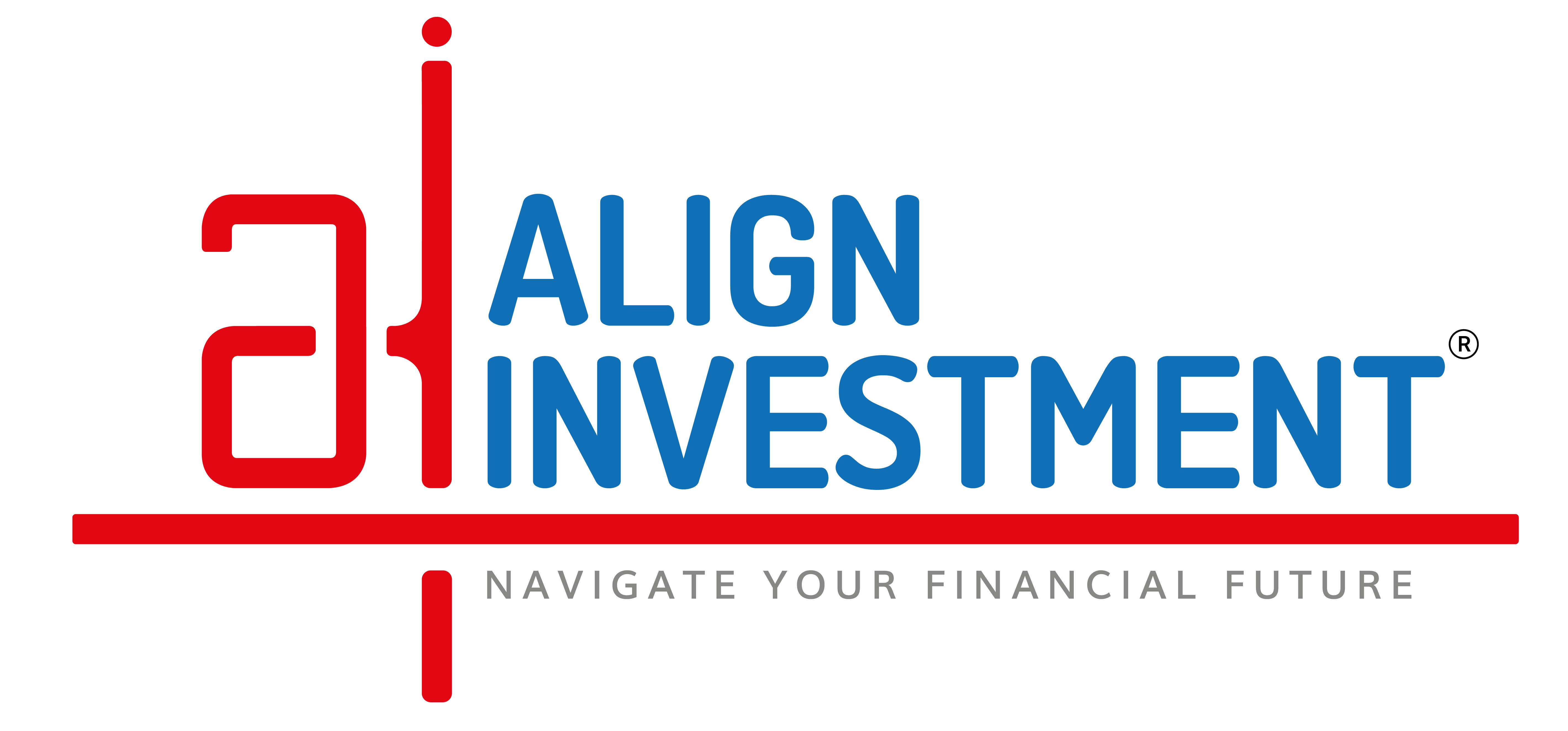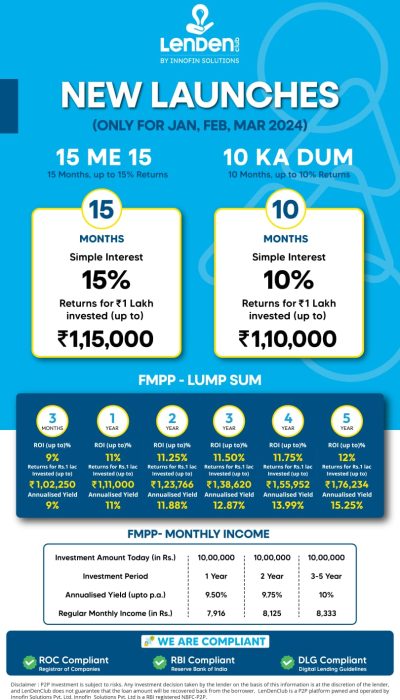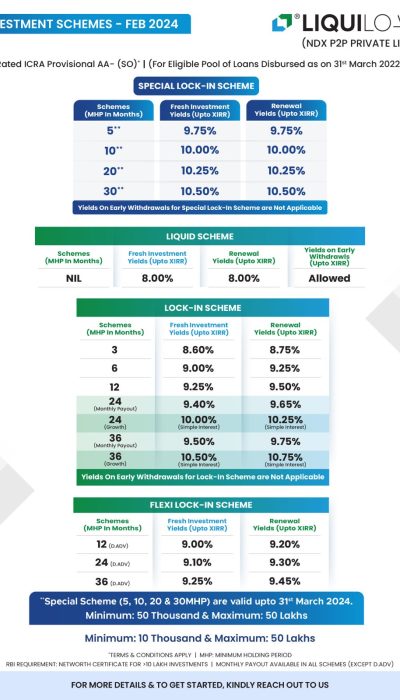



Peer-To-Peer (P2P) Lending
India’s age-old tradition of informal lending within communities or families, driven by trust rather than collateral, is undergoing a technological revolution through peer-to-peer (P2P) lending.
Traditionally, individuals sought loans from banks or financial institutions, facing rejection due to factors like low income, insufficient paperwork, or a poor credit score. In such scenarios, people often turned to friends or family within their social circles for financial support, but this limited the scope of available resources.
P2P lending emerges as a contemporary solution to address these limitations. Acting as a crucial intermediary, it connects lenders willing to provide loans with borrowers in need of funds. Unlike traditional lending models, P2P lending operates through online platforms,

This innovative lending approach proves particularly beneficial during challenging times when conventional channels fall short. P2P lending facilitates direct transactions between parties, allowing for broader financial inclusion globally. It proves especially accessible for individuals with low credit scores or those in the low-income bracket, providing financing options for purposes such as education, debt refinancing, or business expansion. The convenience of P2P lending, conducted through user-friendly websites or applications, further enhances its appeal as a modern and inclusive source of financial support.
How is P2P Lending regulated in India? Is it legal in India?
P2P lending is legal and fully regulated by the Reserve Bank of India (RBI). The RBI issued a framework on Non-Banking Financial Company-Peer to Peer (NBFC-P2P) Lending Platforms in October 2017. This framework sets out the guidelines and standards that P2P platforms must follow to ensure a safe and transparent environment for both borrowers and lenders.
Here are some of the key regulations that P2P platforms must follow:
Minimum net-owned fund:
P2P platforms must maintain a minimum net-owned fund as specified by the RBI.
Exposure limits:
P2P platforms must limit the amount of exposure individual borrowers can receive or individual lenders can invest to mitigate the risks
Credit assessment:
P2P platforms are obligated to conduct thorough credit assessments of borrowers and disclose relevant information to lenders. This ensures that lenders are aware of the risks involved before they invest their money
Escrow accounts:
P2P platforms must maintain escrow accounts operated by bank-promoted trustees. The platforms should not touch the money from investors or borrowers
Grievance redressal mechanisms: P2P platforms must follow fair practices and have grievance redressal mechanisms in place. This ensures that the interests of both borrowers and lenders are protected
Taxation On Returns From P2P Lending
In P2P lending, investors essentially earn interest from the amount they lend. Thus, just like interest earned from other instruments like FDs, interest income from P2P lending is taxable.




